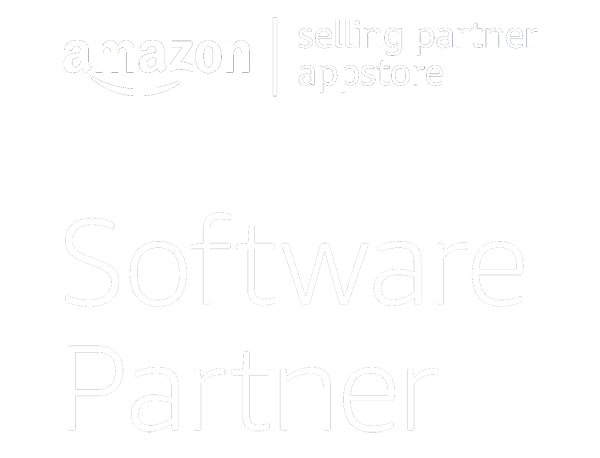
The best small business owners are always thinking about how to deliver more value to the customer. They are rarely thinking about how to actually collect money from the customer.
This is especially true when you’re just starting out, but even as you develop an operational plan and a rhythm for customer transactions, invoice management is never really top of mind unless it becomes a problem.
The goal of this post is to help you prevent invoicing and collections from becoming a problem. After all, your business success depends on getting paid. Whether you’re a freelancer, a wholesaler, or a subscription software company, follow these golden rules for invoice management and set clear expectations to help you build trust with customers.
A Simple Invoice Checklist
When a customer receives your invoice, a few things should be apparent:
- Who you are
- Amount of money they owe
- Due date and late fees
- Itemized products or services they’re being charged for
The final item is critical. If there are any misunderstandings down the road, both you and the customer will always have a record of the work that was completed. Better yet, when the customer sees it broken down on the invoice, they’ll have the chance to ask questions long before any deadline-driven conflicts. Keep these four things in mind and you should never have any trouble with angry clients.
Keep Track of Unpaid Invoices
If you’re just starting out, this isn’t hard. You may not have a bunch of customers, so any unpaid invoice puts a noticeable dent in your bottom line. But as your business grows, it can become much more difficult to track, and much easier for invoice management slip-ups to build under the radar. Too many small business owners know the feeling of discovering unpaid invoices sitting with accounts payable departments sprouting mold.
So how do you know who’s paid, who’s getting around to it, who’s approaching the deadline, and who needs a reminder?
Many small business owners run lean, and don’t have a department dedicated to managing invoices. Invoice management technology is a must for these businesses. It’s too much to ask a small business owner and staff to manually stay ahead of collections. They need to be alerted of potential issues rather than combing through documents, spreadsheets, and emails. Even for businesses with specialized finance teams, their customer base is likely much larger. Collections delays—even from a small percentage of customers—can have a damaging impact on cash flow. Identify a financial management platform that can automate your collections process.
Specify Your Late Fee on Every Invoice
What will it cost the customer if they don’t pay the invoice on time? Be up front about it. That’s your leverage for collections and it’s the customer’s incentive to pay you in a timely manner. In some cases, the person who signs the agreement is not the person who will pay, which is why documentation is very important. If your customer depends on her accounts payable department, the documented late fee might be the catalyst she needs to follow up with them. Make sure everyone knows there will be penalties for failing to pay so you don’t end up in the “when I get to it” pile.
Ask Clients How They Want You to Invoice
Depending on the nature of your business, you may still want to provide a personal touch that fits the customer’s routine. After all, the easier you make it for the customer, the more likely you’ll be paid on time.
Maybe you started off with a Microsoft Word or Google Docs template for invoice management—no problem, as long as it contains everything listed above. Some clients might prefer this. If you’re dealing largely with AP departments, there could be more opportunities to standardize and automate with digital invoice management (more on this below). In any case, you should document your customers’ habits and preferences for three reasons.
One, it’ll help you service them better. Two, it allows you to delegate invoicing with clear instructions if necessary. Three (most importantly), it will help you get paid faster!
Invoice Electronically
Most online invoice management services check your boxes on the recommendations above. They track invoice send dates and recipients. They look professional, and allow you to add in a late penalty. Better yet, they save a lot of time manually filling out invoices in your old school Microsoft Word template. You should also consider a one-stop-dashboard where you can login and see the state of your business’s financial health.
The only question left is, “what will you do with all that cash-in-hand?”



